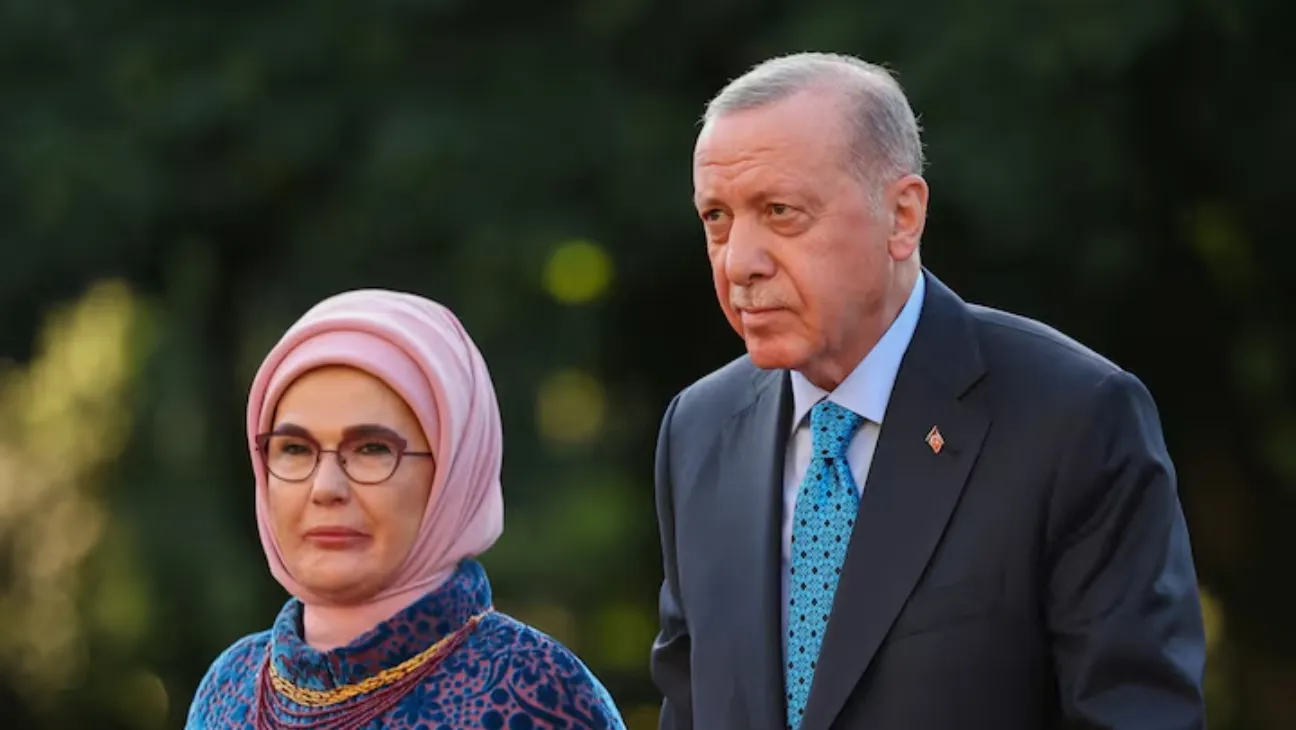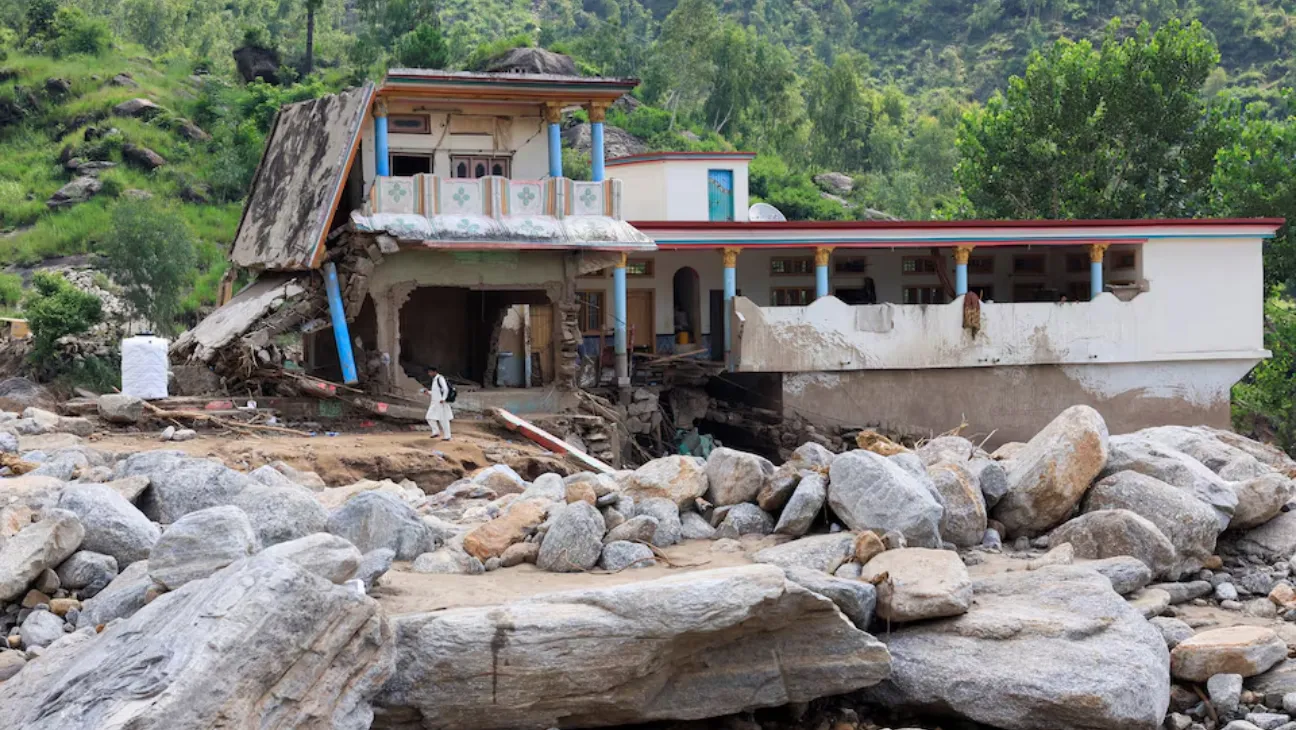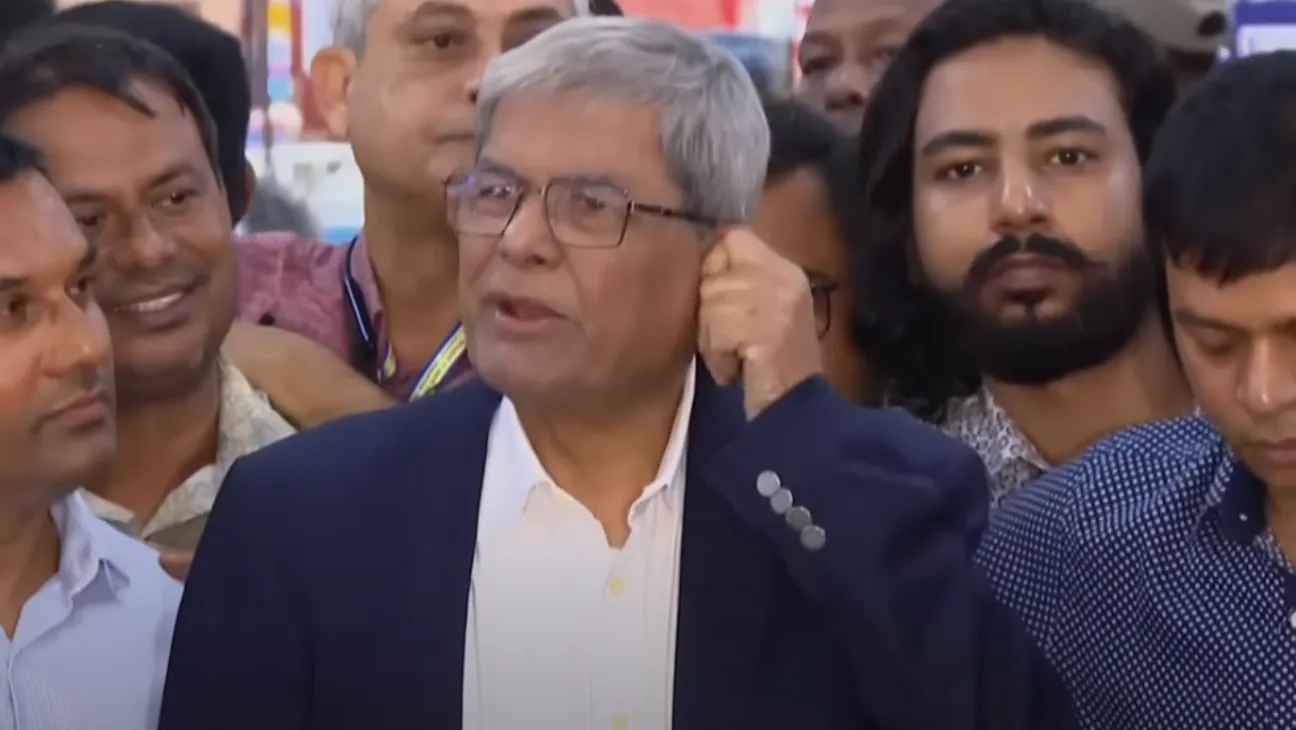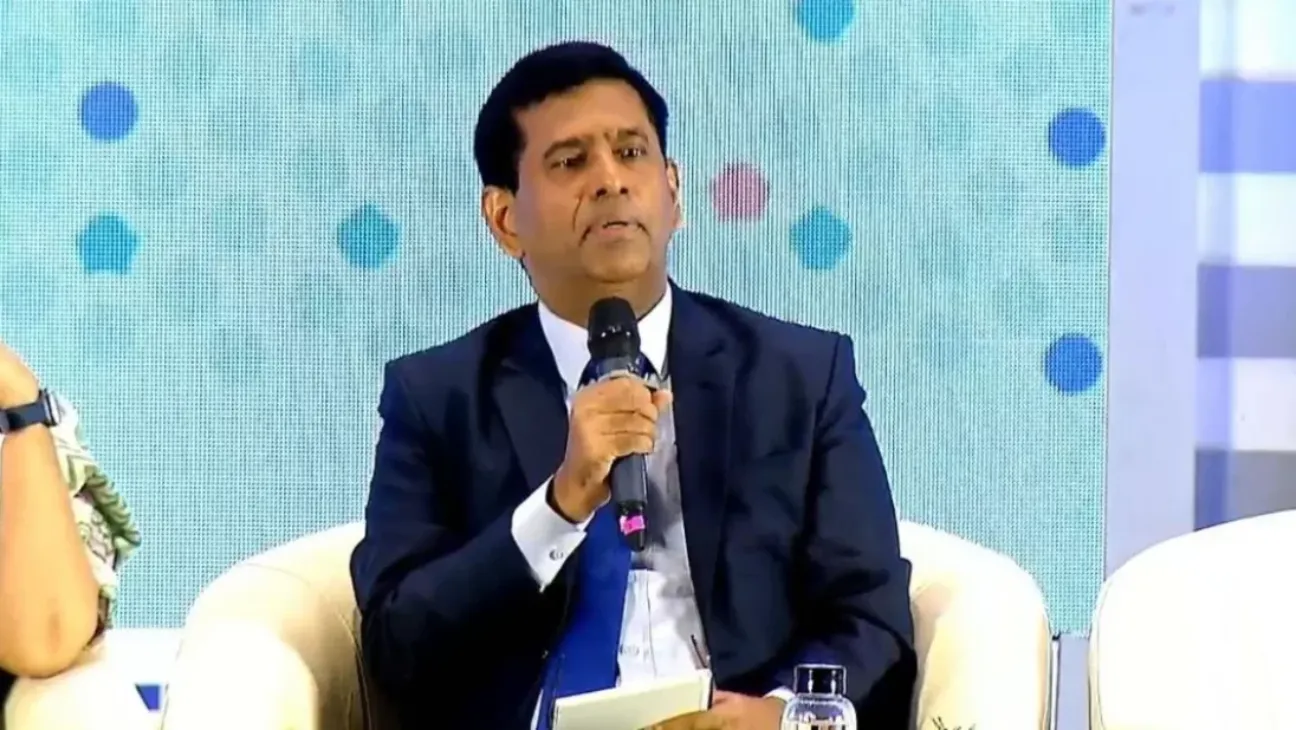India’s military chief is worried about a new bloc forming on its borders. On Tuesday, General Anil Chauhan said that China, Pakistan, and Bangladesh working together would be a major risk for regional peace.
General Chauhan didn’t pull any punches at that think tank event. He basically said the world is getting riskier, and he named two reasons why. First, China and Pakistan’s armies are working more closely together. Second, China is also making a big effort to build a relationship with Bangladesh.
While India has faced long-standing security concerns from Pakistan and, more recently, from China along its northern border, Chauhan said that something about the current dynamic feels different.
“There’s a possible convergence of interest…between China, Pakistan and Bangladesh which may have security implications for regional stability and security dynamics,” he said, without offering specifics on how this might develop.
China-Pakistan Military Ties Under Scrutiny
Chauhan noted that Pakistan continues to lean heavily on Chinese defense exports, estimating that nearly 80 percent of Islamabad’s military hardware purchases in the past five years have come from Beijing.
Beyond procurement, the presence of Chinese original equipment manufacturers (OEMs) inside Pakistan adds another layer of concern.
“A reasonable assumption would be that Chinese OEMs will have commercial liabilities which they have to fulfill and will have people in Pakistan…That equipment has to be serviced, it has to function,” he said.
He also raised the possibility of information-sharing between the two countries, including the use of commercial satellite imagery sourced from Chinese firms.
“How much state support will be there, it’s very difficult to define. When this information turns into intelligence, it’s also very difficult to define,” he added.
A Different Kind of Conflict
The remarks came in the backdrop of Operation Sindoor, launched by India on May 7 as a retaliatory measure following the April Pahalgam terror attack. The Indian response reportedly targeted militant infrastructure inside Pakistan.
Interestingly, Chauhan said there was no activity along the northern borders with China during those four days of conflict. That, he pointed out, was in contrast to past India-Pakistan clashes, where border tensions with China often rose simultaneously.
“This time, there was no unusual activity on the northern borders,” he said. “In past conflicts, there had been trouble on the borders… But that’s a fact that there was no activity.”
Space for Conventional Operations
One of Chauhan’s key arguments centered around the idea that there is still “space” for conventional warfare between nuclear-armed countries, provided escalation is managed carefully.
“I think that in this particular conflict, we thought that there was a lot of space for conventional operations,” he said.
He gave three reasons.
First, India’s nuclear doctrine of “no first use,” which he said gives strategic room for response.
Second, the nature of the Indian retaliation — targeting terrorist camps — which was intended to act as a preventive measure.
And third, the fact that there was no territorial capture involved, which kept the conflict contained.
Chauhan suggested that future engagements could extend into new operational domains like cyber warfare and electromagnetic attacks.
“We can still expand space for conventional operations,” he added.
Shifting Regional Terrain
The Defence Chief also highlighted the trouble brewing all around India, specifically mentioning Myanmar’s economic collapse and political turmoil elsewhere. He put it bluntly: such conditions are an “open invitation for outside powers to meddle.”
His comments pull back the curtain on the deep unease within India’s defense establishment about the shifting landscape. Alliances are in flux and conflicts are becoming erratic. No new policies were announced, but Chauhan’s warning is a strong hint that a major shift in India’s thinking is coming.
At the same time, he acknowledged the growing complexity of modern warfare.
“There is currently no full-proof defence mechanism against ballistic missiles, hypersonics, cruise missiles and large-scale attacks by drones,” he said, adding that layered strikes using various systems in tandem are especially difficult to counter.
As India assesses its military posture, Chauhan’s remarks signal that the calculus of regional security is moving well beyond traditional borders or conventional enemy lines. The question now is not just where the next threat will come from — but how many fronts it might arrive on.









